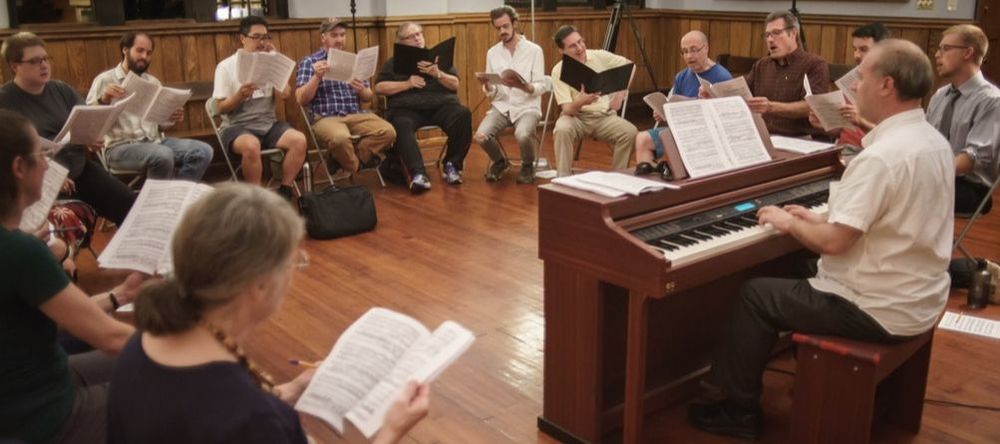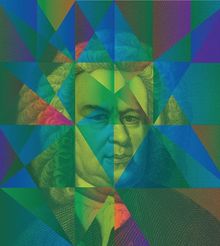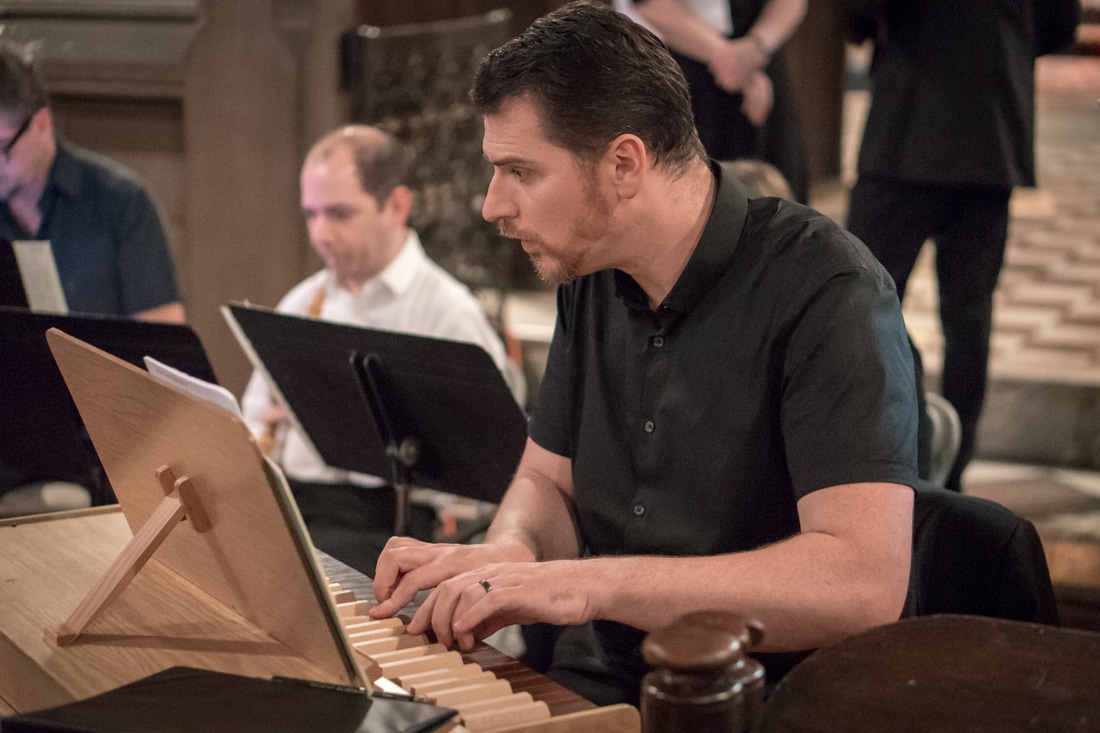 Choral Arts Philadelphia: a choir rehearsal moment. September 2016. S. Clement's Church. Photo: Sharon Torello. Choral Arts Philadelphia: a choir rehearsal moment. September 2016. S. Clement's Church. Photo: Sharon Torello. Did you know that not all of Bach's surviving cantata scores are easily accessible or usable? This season, Choral Arts ran into a problem finding a few pieces of sheet music when artistic director Matt Glandorf programmed a few surviving “obscure” Bach cantatas to be featured in the “1734-1735: Season in the Life of J.S. Bach” series. In particular, scores for cantatas BWV 207a and BWV215 were not easy to find. The biggest issue, however, was finding a performer-friendly score for BWV 36b Die Freude reget sich (Now gladness doth arise), scheduled to be sung on October 26, 2016. Such score simply did not exist.
1 Comment
 Interview with Professor Ellen T. Charry Ahead of her appearance as a guest speaker on April 26, 2017 as part of the "1734-1735: A Season in the Life of J.S. Bach" series. Q: The theology behind Bach’s music has come through in so many different ways, and we know it played a large role in his daily life. How does the formal principle of the Reformation“sola scriptura, sola gratia, sola fide” (scripture alone, grace alone, faith alone) come through in Bach’s choral music? What impact does it have on the emotion of his music?  By Leon Schelhase For all musicians J.S. Bach and the keyboard are synonymous. Bach’s genius and vision have long stood as a test to every performer in a showcase of sensitivity, knowledge and musical command. The instruments he wrote for were nothing like the modern piano, and although it is common knowledge, we still have few players and audiences that are masters of Bach’s keyboard instruments. The organ aside, the harpsichord and clavichord are only now being regarded as equals to the piano. Of course, when we think of Bach’s keyboard music we are referring to great pieces of music for a solo keyboard instrument. The “Goldbergs”, the “48”, “Brandenburg 5” or the “Partitias” come to mind. However, the keyboard in Bach’s time most typically served the music in a different manner, that of accompaniment. |
 RSS Feed
RSS Feed